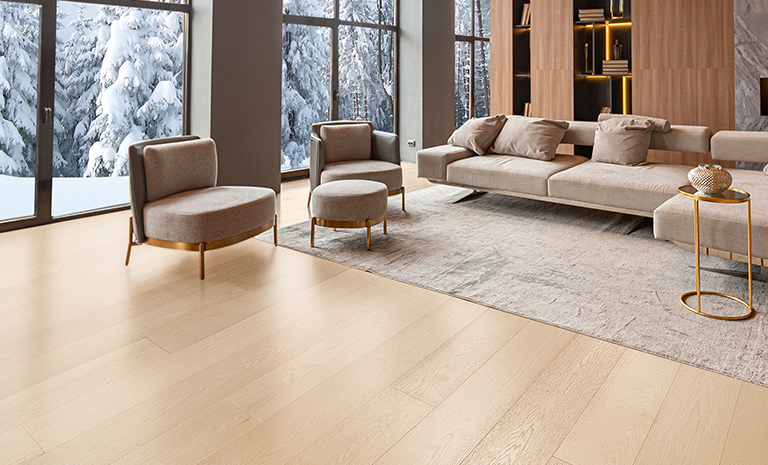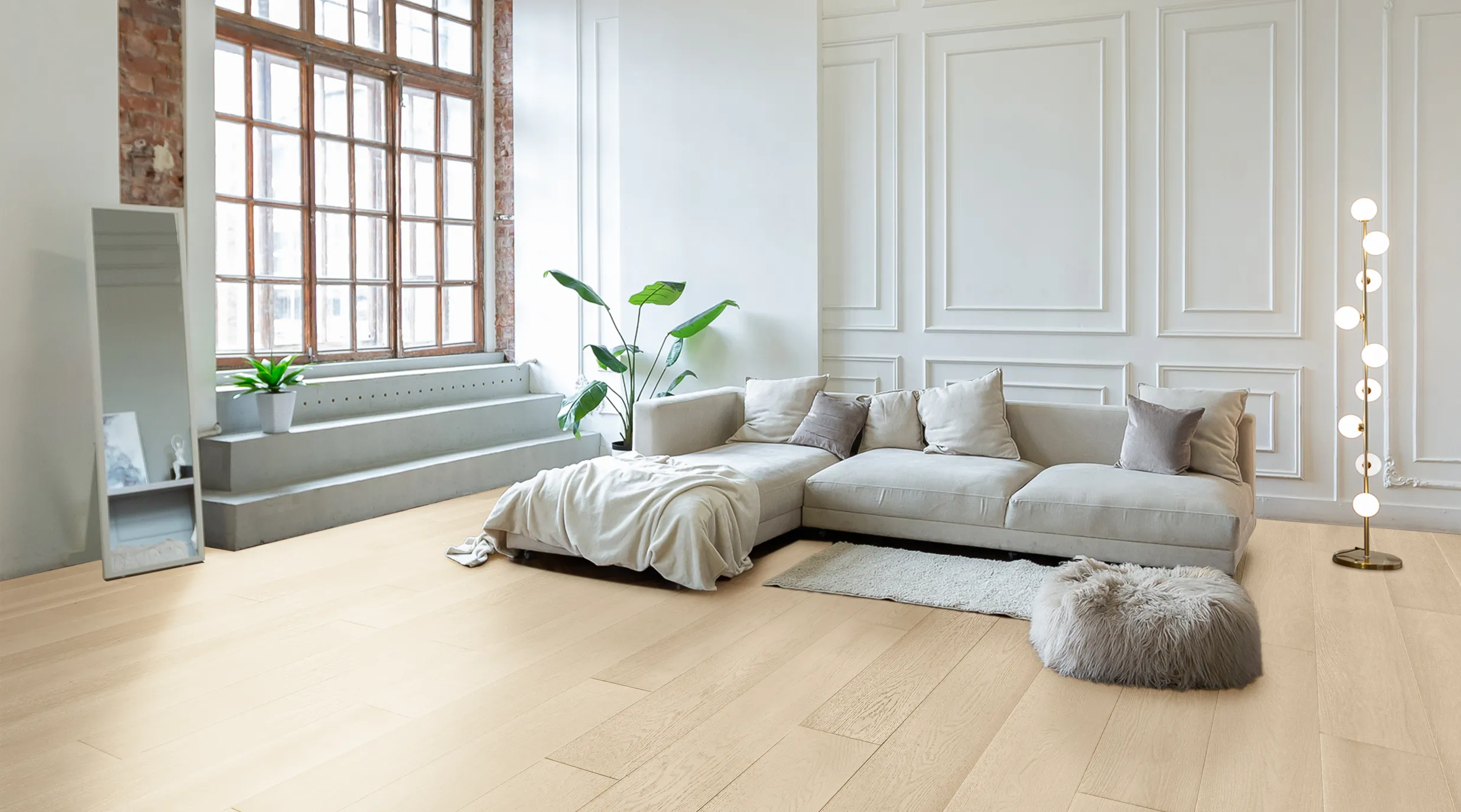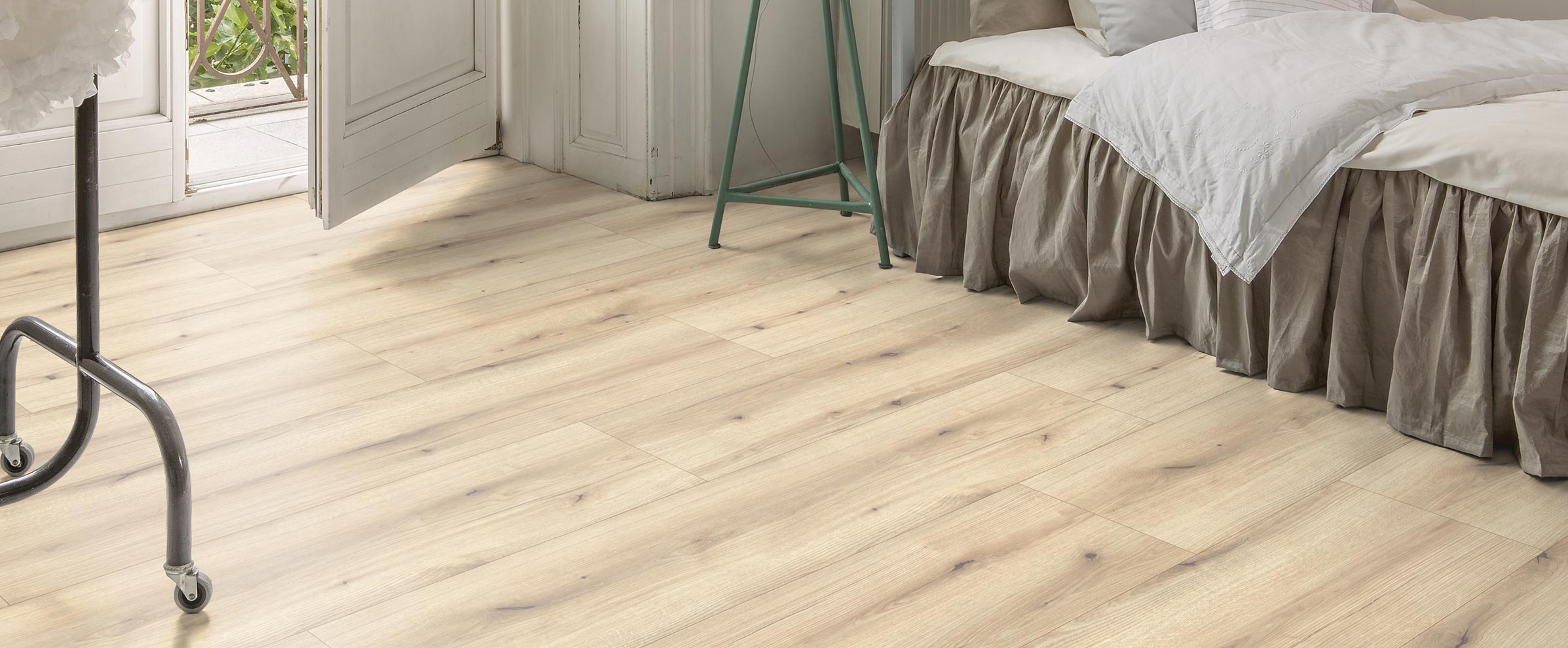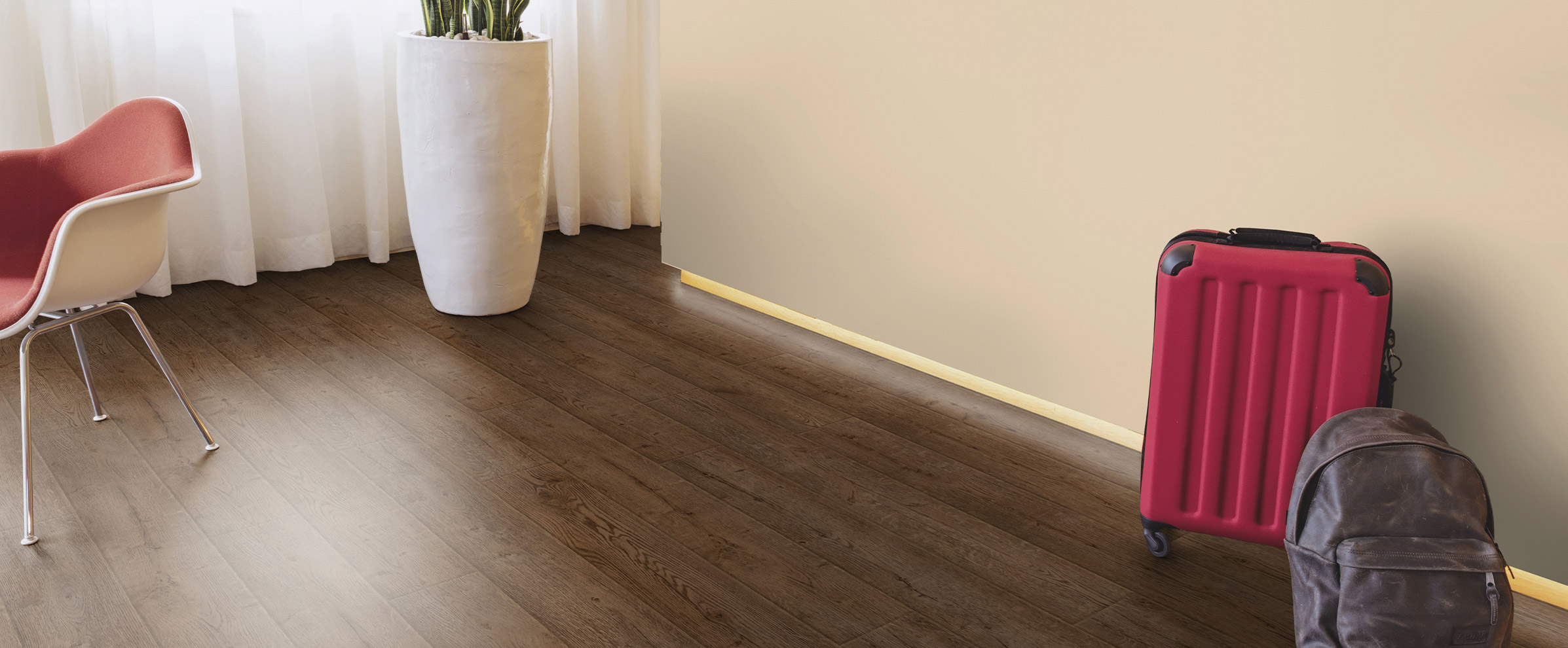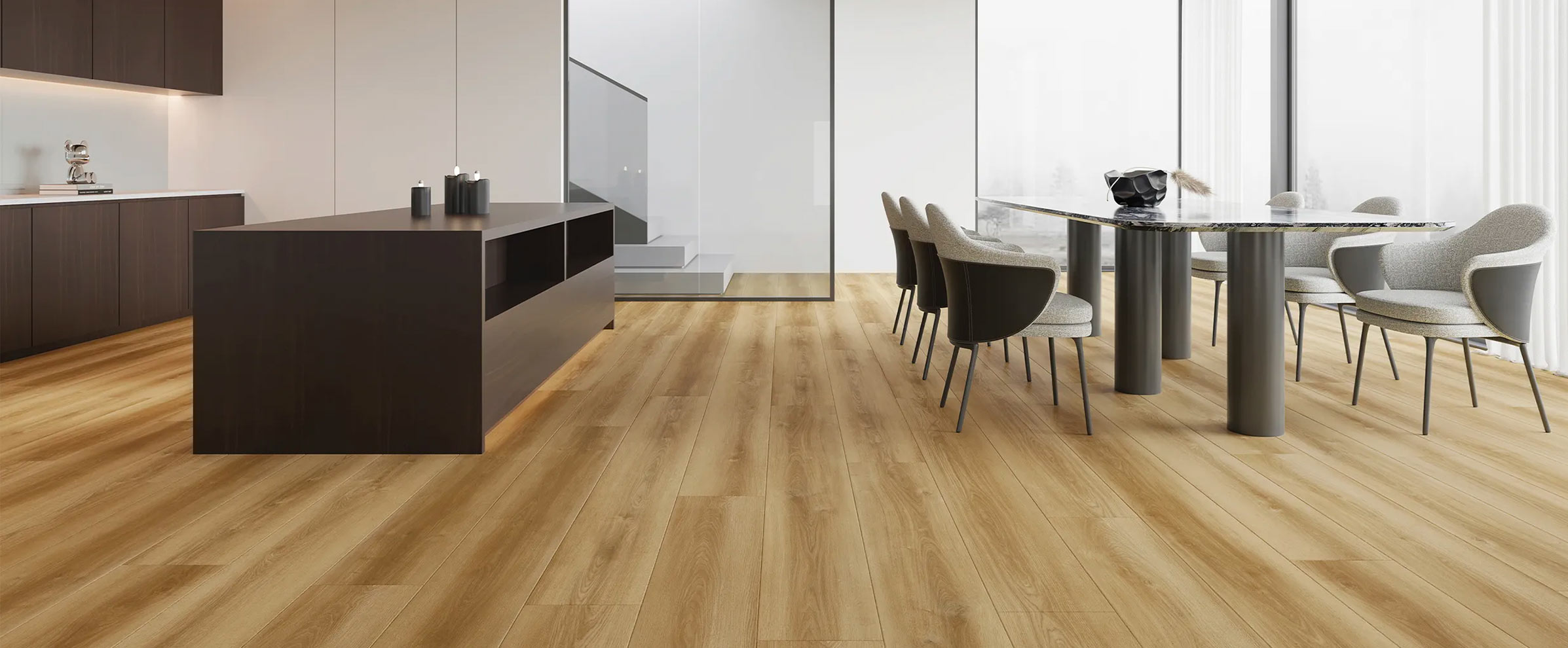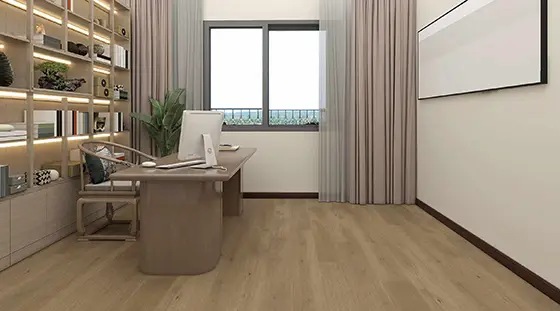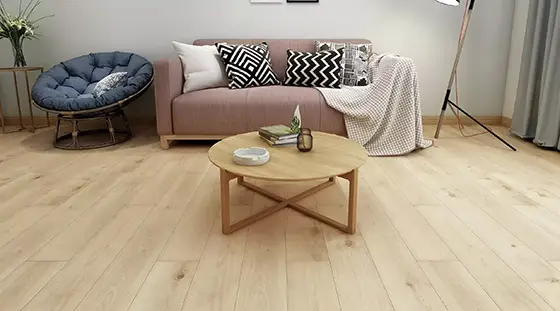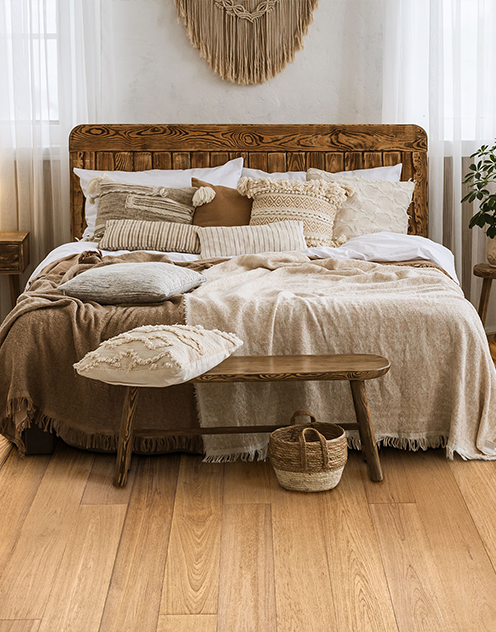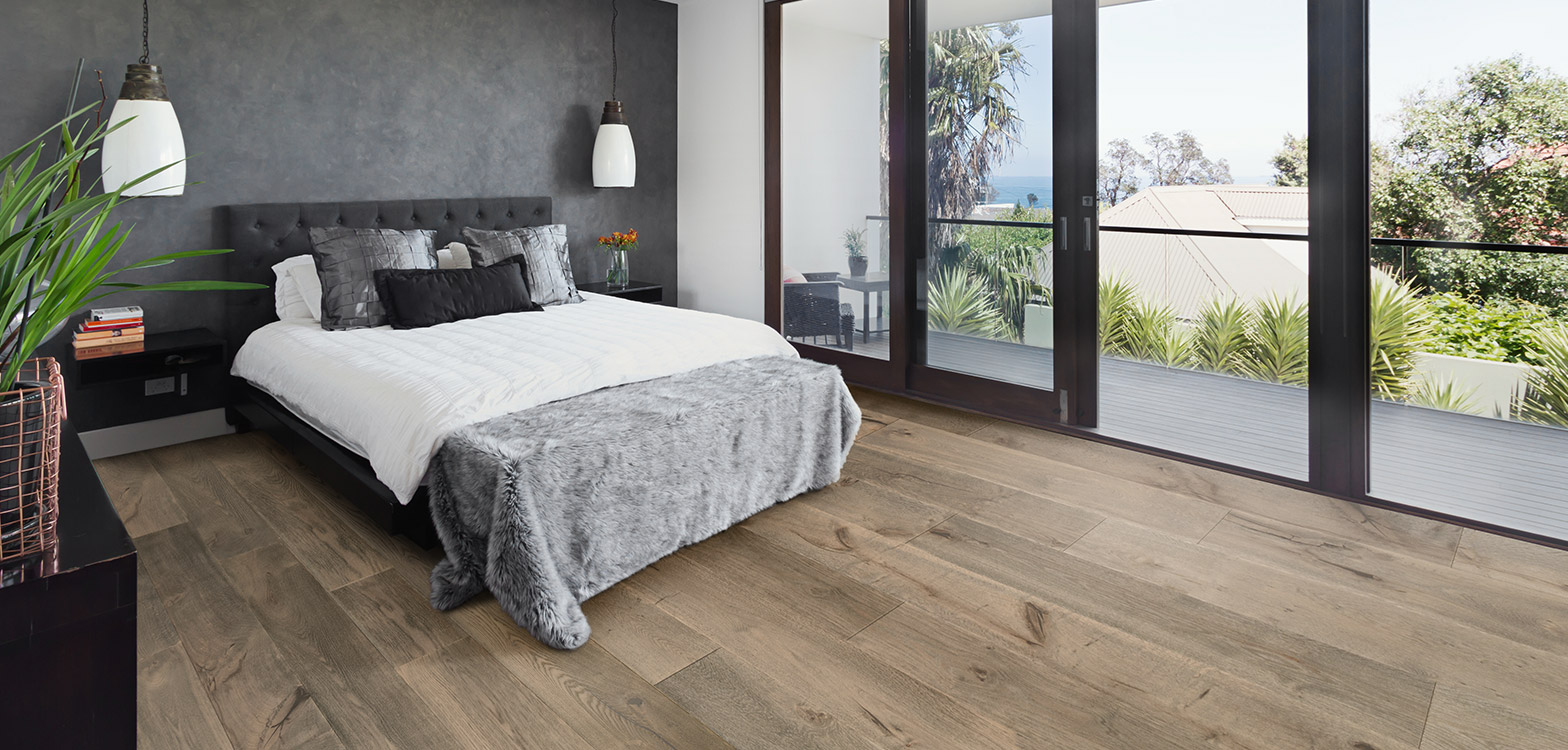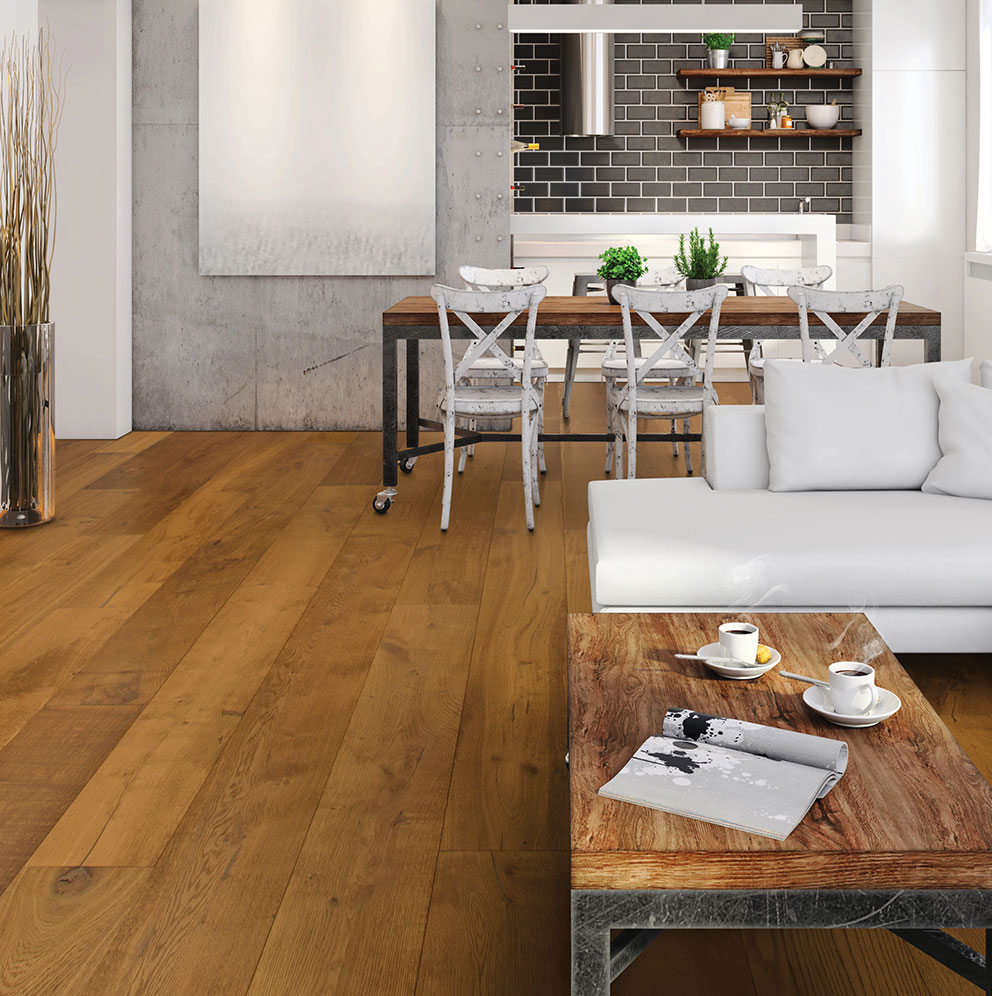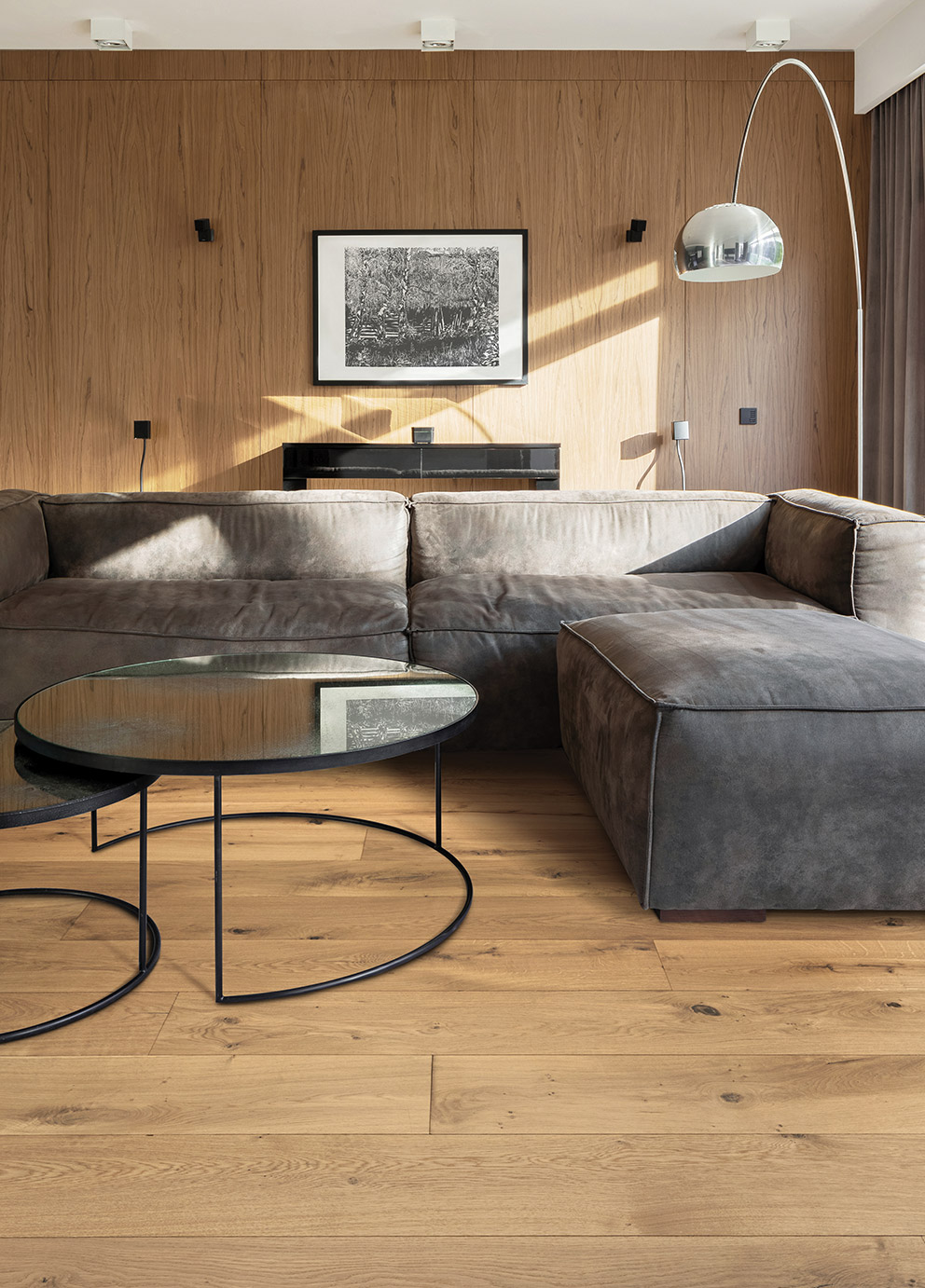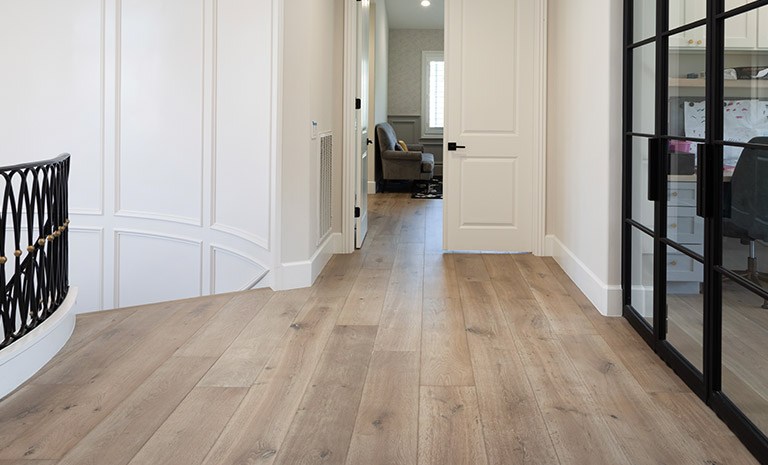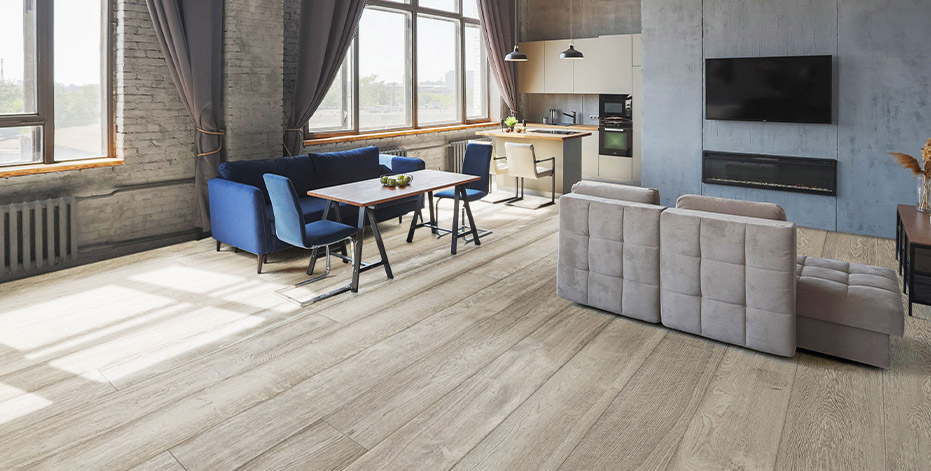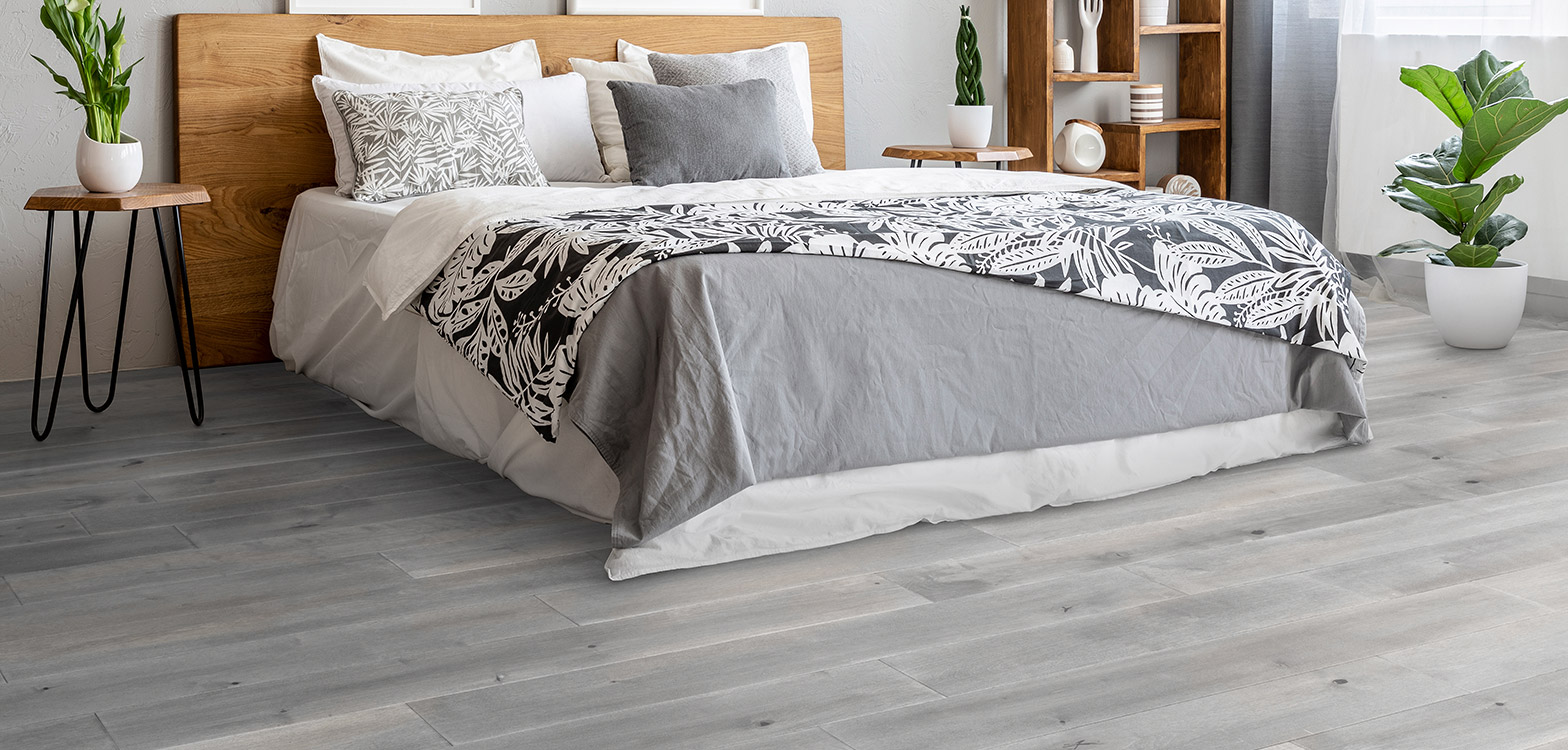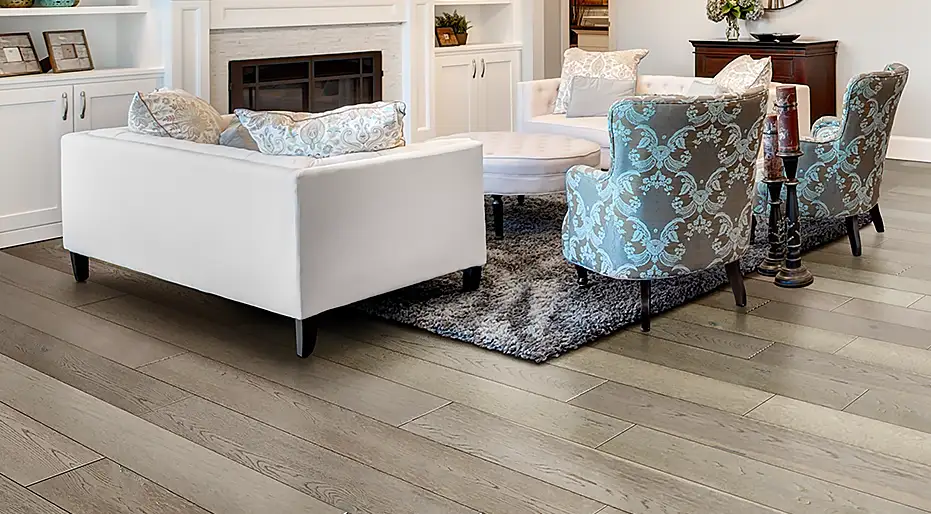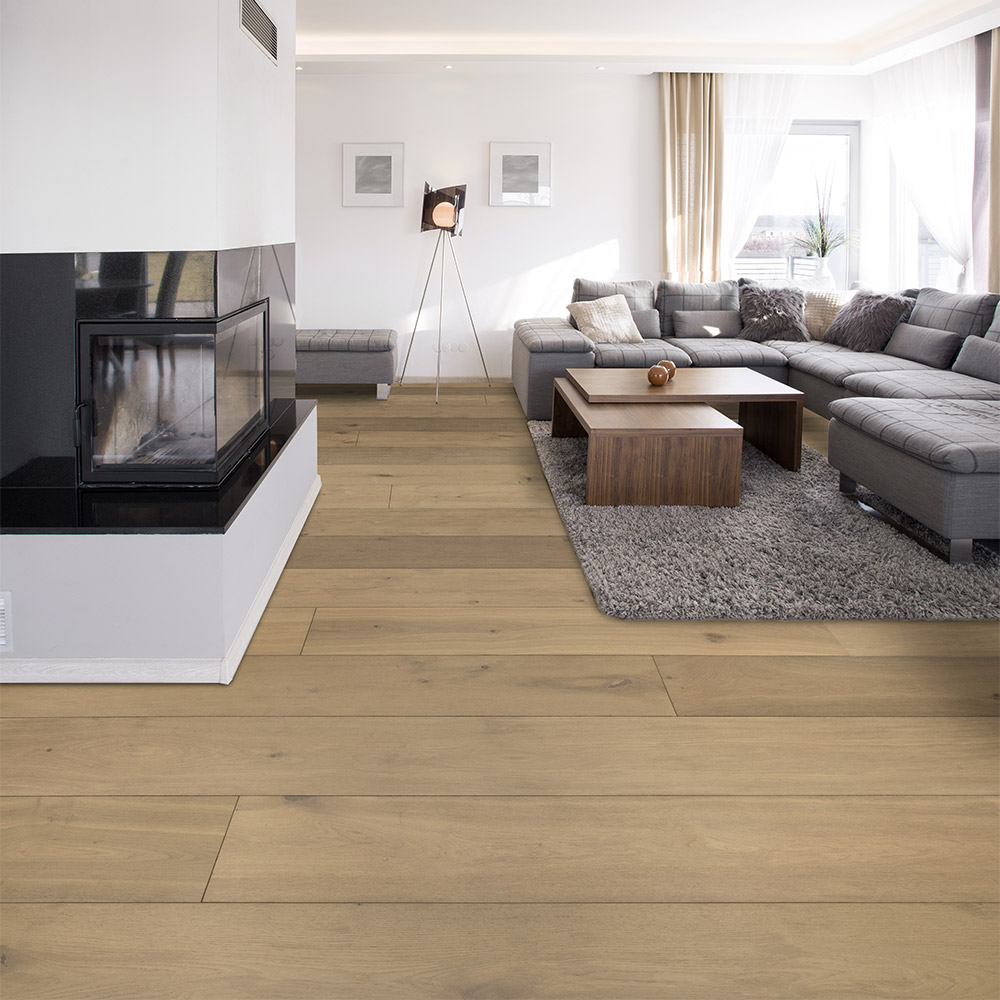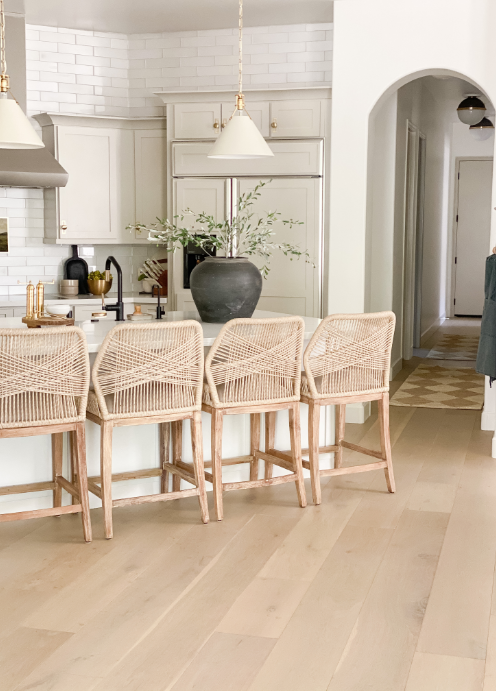Ron Call’s humble beginning in the flooring industry started at age 18 as an apprentice in 1978. Today Ron is a recognized leader amongst his peers and clients throughout the industry. 34 years later Ron is an expert in all floor covering products specializing in hardwood installation and refinishing and the owner of the very successful Harmony Flooring based out of San Diego serving the entire southern California region. Have questions? Need Advise? Visit the Ask Ron section of our blog or email him direct at askron@urbanfloor.com
This is a question that I have been asked many times over the years. There are several factors to consider and each home, customer and product is different and so there is no one size fits all perfect answer. Some of the considerations are.
- Appearance
- Cost
- Sub floor type
- Home type ie: single family home, condo or even mobile home
- Manufacturers recommendations
- Feel and sound
Appearance is considered because even though you are installing the same floor in the same areas, using different methods will mean slight differences in a the look, sound and feel of you floor as well as the cost involved in the installation. With the floating method of installation you will need to install transition moldings (T-moldings) in all doorways or openings between adjacent areas where the opening is less than 4 feet wide. These little speed bumps as some of my customers like to call them can be a real deal breaker for some customers. They like the look of a continuous wood floor as it flows from one room to the next just like they remembered the wooden floors from their childhood homes. Other people don’t care and are fine with T moldings in their doorways. The reason you need a T molding separating these areas is because with a floating floor the edges are glued or locked together. And when the floor expands and contracts with changes in temperature and humidity it moves as one large monolithic piece of wood floating over the top of the padding and vapor barrier (hence the term floating floor). So the changes in temperature and humidity say in the kitchen would directly affect the function of you floor across the width of the house say in the back bedrooms. With a glued down or nailed down hardwood floor each plank is fastened directly to the subfloor and not to the adjacent plank so when one plank expands it does not necessarily affect the others planks. So T moldings are not required.
Cost is considered because we all love to save money. And each method involves different supplies, materials and installation time. The least expensive method is the floating floor as you save between $1.50 and $2.50 per square foot when taking into consideration the cost of glue/sealer and additional labor cost to install a glued down floor. A nailed down floor falls somewhere in the middle but is limited by the type of subfloor (must be plywood) and manufacturers recommendations (some floors cannot be nailed down successfully).
Subfloor type is considered as certain subfloors will accommodate any installation method but with others you will be limited. If you have a concrete slab on grade you may float or glue your floor but you cannot nail it down unless you first install ¾ inch plywood first which is done occasionally but it will significantly increase the cost of your new floor installation because you would be essentially installing two floors. The new plywood subfloor and then the new hardwood floor. On a plywood subfloor you may float, glue or nail down your new wood floor. On light weight concrete or gypsum floors like you have in a condo or apartment, floating your floor may be your only option depending on the softness and porosity of the subfloor. Nail down floors on lightweight concrete is not an option. And installing plywood first may be impossible if it’s a soft type gypsum floor. I do not recommend the glue down method for these floors either as you can never be certain of the hardness and the porosity of the subfloor. And with the tremendous pressures that can be exerted between the hardwood floor the glue and the subfloor, this could be a recipe for failure. Always consult your local installation professional for guidance as to which methods will work in your home.
Home type is considered because if you live in a condo or apartment type building you may be subject to the dreaded CCR’s. Home owner’s association rules that you agreed to when you moved in your building. Often they will require that hard surface floors like hardwood if allowed at all will need appropriate sound proofing underlayment. Be sure to follow these rules to the letter as I have seen some associations make people’s lives pretty miserable if the rules are not followed. Often they will require only certain brands of products or one’s that meet strict soundproofing thresholds IIC ratings. Sometimes they require the building superintendant to photograph the various stages of the installation to ensure compliance. And often you must submit your proposal to the board for approval before starting any work. So do not make any purchases of materials until you’re approved in writing by your association. This will save you much time and aggravation. Mobile homes can be done as well but pay close attention to leveling issues. Carpet can cover a lot of expensive problems that you may not be aware of.
Manufactures recommendations must always be followed as your warrantee is a big part of purchasing your new floor. You do not want to have you’re warrantee voided due to improper installation. Your flooring dealer will help you with these issues.
Feel and sound is a consideration in that nailed and glued down installations tend to sound a little more solid, and will have very little movement when you walk across the floor. Where as a floating installation will sound a little more hollow and the floor will have a little more movement because it is installed over a pad. If you tend be on your feet for long periods of time say in your kitchen, this may be a good thing as it will feel a little softer underfoot.
There is a lot to consider when deciding which method is best for you and your home. It all may seem a little daunting especially when it took you this long just to pick the right style and color for your home. Your local Urbanfloor dealer and installation professional will help you through the process. If I can help you in any way you can contact me here at the website “Ask Ron”
Ron Call
Your UrbanFloor Guy.

